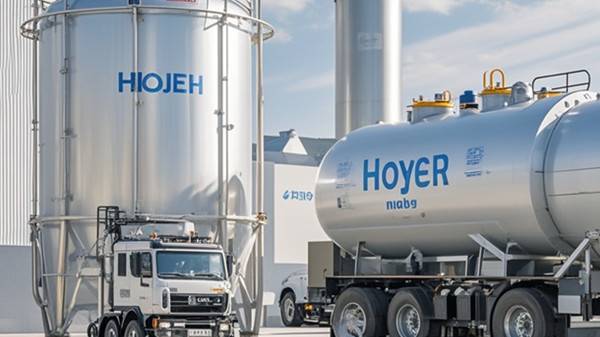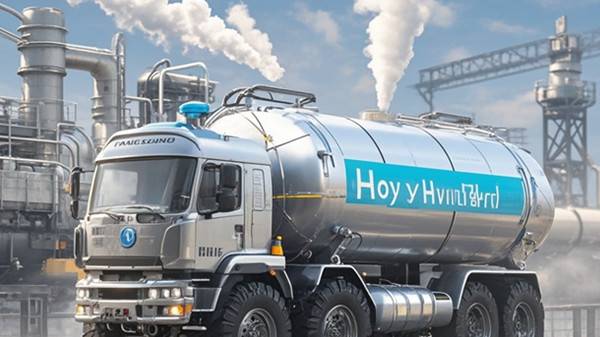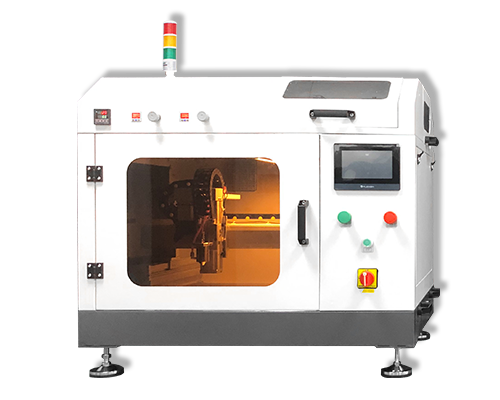What is biomass hydrogen production technology?
Biomass hydrogen production technology: Biomass hydrogen production technology includes thermochemical methods (such as catalytic gasification, pyrolysis, bio-oil reforming) and biological methods (such as dark anaerobic fermentation, photosynthetic biohydrogen production, composite biohydrogen production), facing cost and purity challenges.
Biomass refers to organic matter generated directly or indirectly through photosynthesis, including plants, animals, microorganisms and their excrement and metabolites. Biomass energy is a form of energy that converts solar energy into chemical energy and stores it in organisms through photosynthesis. Due to its renewable characteristics and wide resources, biomass energy is an important source of energy. The amount of crop straw that can be used for energy in my country alone can reach 280 million to 350 million tons per year. Although biomass produces carbon monoxide when used, its carbon dioxide emissions come from the atmosphere, so it does not increase additional carbon emissions.

Biomass hydrogen production is one of the important ways to utilize biomass energy. There are two main types of technology: thermochemical hydrogen production and biological hydrogen production.
Hydrogen production by thermochemical method
Thermochemical hydrogen production includes biomass catalytic gasification, biomass pyrolysis, bio-oil reforming, etc. The more mature technical route is that biomass is first converted into methanol and ethanol, and then steam reformed to generate hydrogen.
Biomass catalytic gasification hydrogen production: biomass is heated to 800~900℃ in a medium such as air, oxygen or water vapor to decompose it into hydrogen, carbon monoxide and other gases. The key is to increase the production of hydrogen and reduce the generation of impurities such as tar. The trace impurities (such as H2S, HCl, alkali metals, heavy metals, etc.) generated in the process need to be treated by adsorbents.
Biomass pyrolysis hydrogen production: In the absence of oxygen or a small amount of oxygen supply, heat energy is used to break the macromolecular hydrocarbons of biomass to generate tar, carbon monoxide, hydrogen and other products. Hydrogen can be further generated by secondary catalytic cracking of tar.
Bio-oil reforming hydrogen production: Proposed by the National Renewable Energy Laboratory (NREL) of the United States, bio-oil is first obtained by thermal cracking of biomass, and then hydrogen is produced by steam reforming.
Hydrogen production from methanol and ethanol: The technology of producing methanol and ethanol from biomass is relatively mature, and further hydrogen production through steam reforming of methanol and ethanol is also a feasible route.
Although these thermochemical methods are technically feasible and commercial units are already in operation, they still face some challenges. For example, compared with traditional methane reforming technology, the cost of biomass hydrogen production is high and the economy lacks competitiveness. In addition, the product has a low hydrogen content and contains more impurities, which may damage fuel cells and limit its application in high-purity hydrogen demand scenarios.

Biological hydrogen production
Biological hydrogen production mainly includes three technical routes: dark anaerobic fermentation hydrogen production, photosynthetic biological hydrogen production, and photosynthetic-fermentation composite biological hydrogen production.
Dark anaerobic fermentation hydrogen production: anaerobic microorganisms use nitrogenase or hydrogenase to degrade organic matter to produce hydrogen, which does not rely on light energy. Microorganisms suitable for this process include obligate anaerobes, facultative anaerobes and a few aerobic bacteria.
Photosynthetic biohydrogen production: includes photolysis of water to produce hydrogen and photofermentation to produce hydrogen. Photolysis of water to produce hydrogen is the process of decomposing water to produce hydrogen by photosynthetic microorganisms such as cyanobacteria and green algae; while photofermentation to produce hydrogen is the process of using bioenergy and light energy to drive the production of hydrogen under anaerobic light conditions.
Photosynthetic-fermentation composite biohydrogen production: combining the advantages of dark fermentation and photofermentation, reducing light energy demand while increasing hydrogen production. This composite technology is expected to become the development direction of biomass hydrogen production in the future.
Dark fermentation hydrogen production has entered the pilot stage, but to achieve industrial production, it is still necessary to further improve efficiency and reduce costs. Photofermentation and composite biohydrogen production technologies are still in the laboratory research stage.
Hydrogen production by electrolysis of water is the most advantageous method for producing hydrogen. Utrasonic coating systems are ideal for spraying carbon-based catalyst inks onto electrolyte membranes used for hydrogen generation. This technology can improve the stability and conversion efficiency of the diaphragm in the electrolytic water hydrogen production device. Cheersonic has extensive expertise coating proton exchange membrane electrolyzers, creating uniform, effective coatings possible for electrolysis applications.
Cheersonic ultrasonic coating systems are used in a number of electrolysis coating applications. The high uniformity of catalyst layers and even dispersion of suspended particles results in very high efficiency electrolyzer coatings, either single or double sided.
About Cheersonic
Cheersonic is the leading developer and manufacturer of ultrasonic coating systems for applying precise, thin film coatings to protect, strengthen or smooth surfaces on parts and components for the microelectronics/electronics, alternative energy, medical and industrial markets, including specialized glass applications in construction and automotive.
Our coating solutions are environmentally-friendly, efficient and highly reliable, and enable dramatic reductions in overspray, savings in raw material, water and energy usage and provide improved process repeatability, transfer efficiency, high uniformity and reduced emissions.
Chinese Website: Cheersonic Provides Professional Coating Solutions


